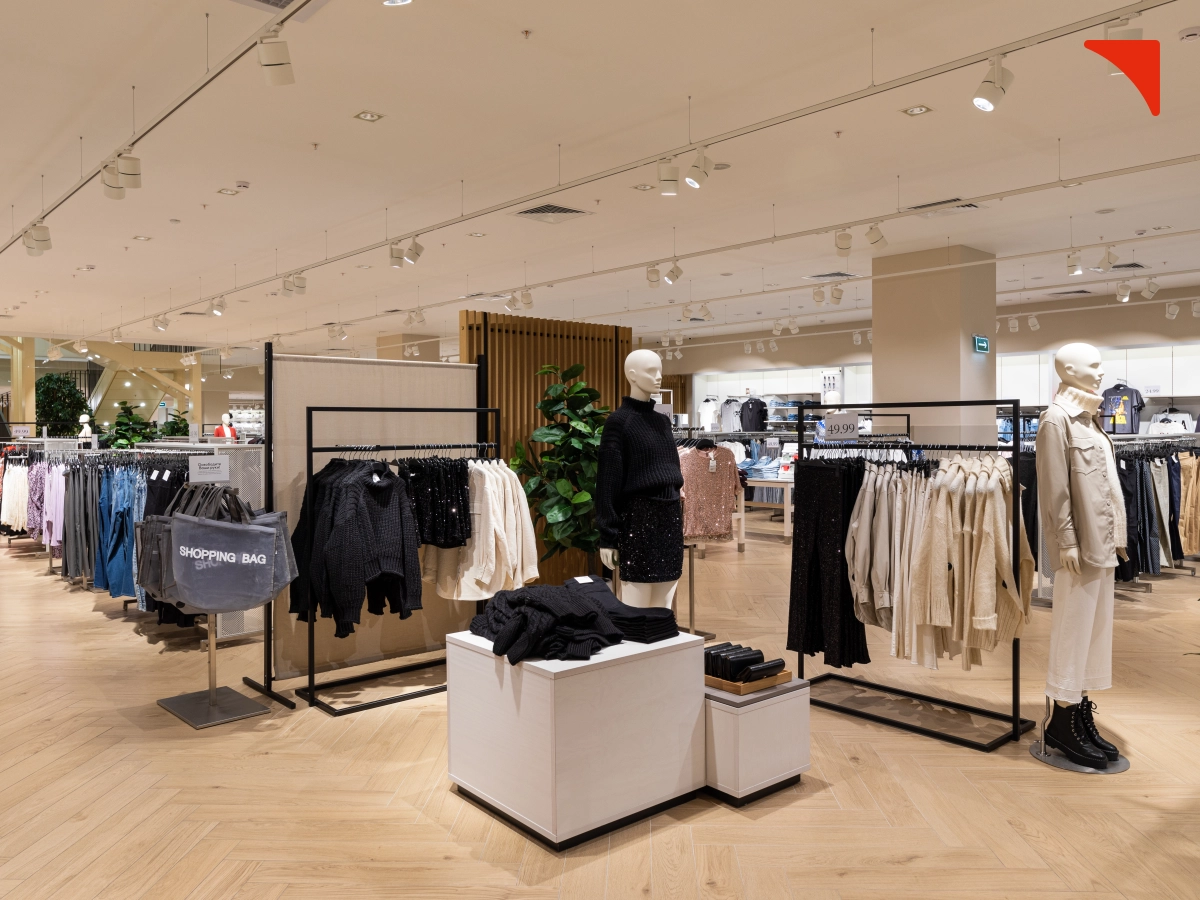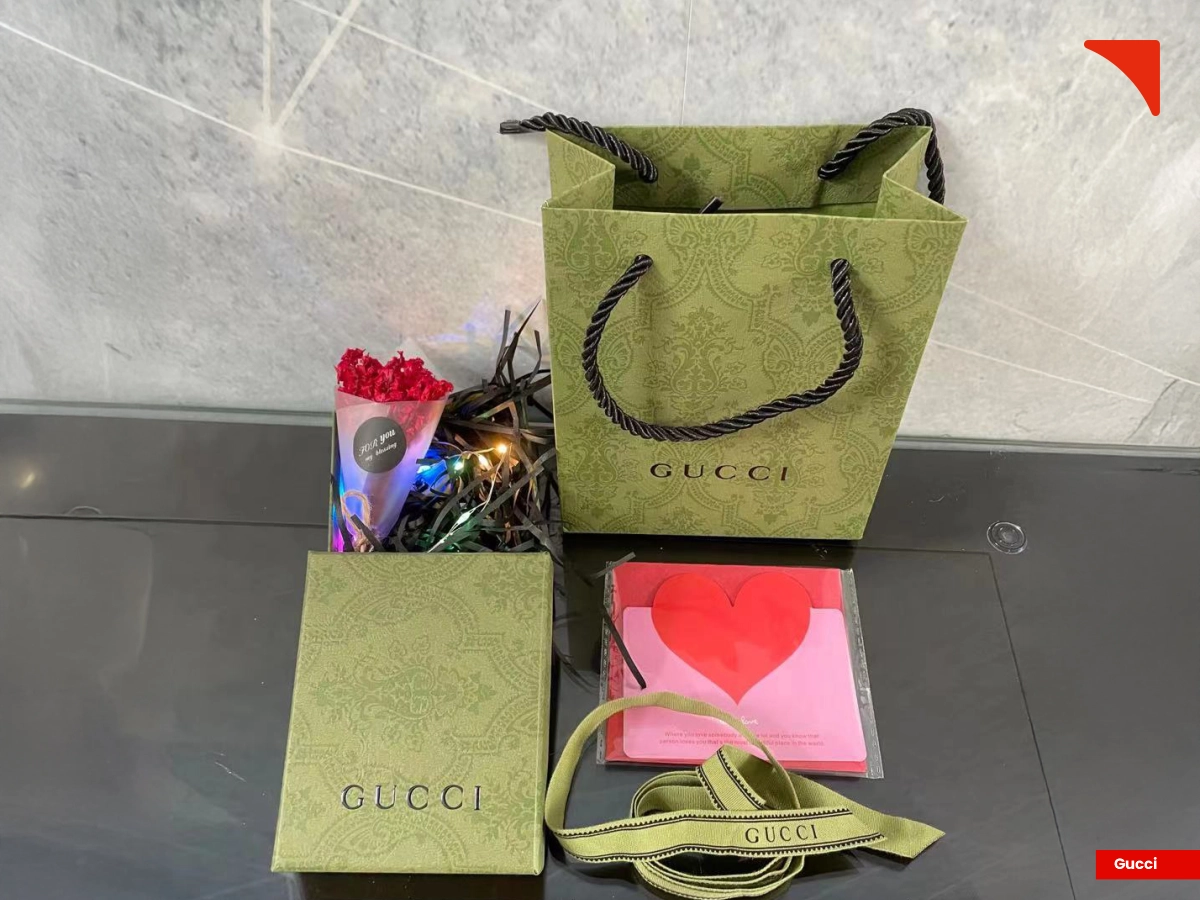HOW VISUAL IDENTITY DESIGN DRIVES IMPULSE BUYING IN LUXURY RETAIL

Perception, in today's high stake world of luxury retail, is often as valuable as the product itself. In this scenario, visual identity plays an important role in shaping customer behavior.
Apart from logos and typography, the brand's visual identity also acts as a psychological tool that can trigger emotional responses and encourage users to make impulse purchases. While impulse buying is often associated with lower cost items, luxury consumers are far from immune. In fact, they are uniquely open to purchasing when the brand experience is engineered with precision, beauty, and subconscious persuasion.
The Psychology of Impulse Buying in Luxury Retail!

The concept of impulse buying can be explained as a spontaneous, emotion-driven purchasing behavior that eliminates logical reasoning or sound judgment for a very short span of time. In luxury retail, this behavior does not depict irrationality and is not about it. Instead, it is more about emotional intensity.
Luxury buyers often look for affirmations, escapism, or status reinforcement. In this scenario, a strong visual identity design can seamlessly cater to these powerful desires in non verbal ways.
Various psychological studies have suggested that sensory boost, particularly signals that appeal to the eyeballs, can activate reward centers in the brain. Hence, when a high-end brand aligns its identity with its consumers’ self-image, it intentionally or unintentionally amplifies the emotional trigger.
This alignment further encourages the shoppers to seek instant rewards and pushes them to make impulsive decisions—even for expensive items.
Storefronts and Window Displays: The Threshold of Temptation

Impulse buying isn't just an in store thing. Instead, it actually begins before the shopper even enters the store. And luxury brands clearly understand this threshold psychology. As a result, they use their visual identity to turn window shopping into spontaneous entry. Here are a few examples:
● High end retailers implement controlled lighting and mirrored surfaces. Doing this allows them to draw attention on the product and make it appear more clear and aspirational.
● Luxury brands like Louis Vuitton, Hermes, etc., practice storytelling through curation. They build seasonal visual narratives in their displays and make frequent changes to emotionally connect with customers on deeper levels and promote recurring visits.
● Retail giants do not practice traditional ways of displaying like those done in crowded mass markets. Instead, they use their window displays in a way that creates a sense of scarcity and exclusivity, further making people want the product more.
In Store Spatial Identity: Guiding the Impulse Pathway

Once the customer has stepped inside your luxury outlet, it is crucial for the spatial layout design to maintain an emotional momentum with visual cues. This is important because your store becomes a stage where every retail fixture and finish plays a role in the shopper's psychological journey.
Every detail that is derived from the brand's visual identity system should be engineered in a way that it promotes prolonged dwell time and elevates emotional engagement.
Packaging and Takeaway Identity: Sealing the Emotional Purchase

Unlike traditional retail, impulse purchases in luxury retail do not end at the point of sale. Instead, the packaging and unboxing rituals are also a crucial part of the visual identity loop that justifies the purchase after it is completed.
● Brand can opt for high touch packaging materials like rigid boxes, embossed textures, magnetic closures, and iconic brand colors. All these elements will contribute to the worth of the purchase.
● Brands need to maintain consistency with their business objective and narrative. Doing this will reinforce the brand promise and elevate the buyer's self perception.
Packaging is indeed the final layer that creates a lasting emotional impression and transforms a moment of impulse into a memory of indulgence. In fact, there are a lot of scenarios where packaging becomes a display object itself. It serves as a continuous visual reinforcement of the brand in the consumer's personal space.
The Role of Visual Identity in Omnichannel Touchpoints

Modern customers don't randomly enter a store/brand. Instead, they first gain information about it through online platforms. In this case, a robust brand identity design will ensure that all the digital touchpoints adequately maintain aesthetic harmony with the physical environment. Mentioned below are a few ways to achieve this:
● Brands can implement cohesive typography and color palettes across their physical outlets as well as digital touchpoints in order to reinforce trust and recognition.
● They can practice digital storytelling. Doing this will emotionally prepare the consumers and make them more open to making impulse purchases.
● Integration of Augmented reality (AR) and virtual try ons depict retail branding with technology. This tactic helps create pre engagement, further setting the emotional stage for a physical purchase.
This cross channel consistency does not just strengthen the brand prominence but also develops a retail environment where customers can confidently and quickly respond to their emotional purchasing decisions.
Conclusion: Designing for Desire
Visual identity design in the world of luxury retail is not just about aesthetic expression. Instead, it goes way beyond that and acts as a strategic blend of environmental psychology, emotional priming, and sensory storytelling. When strategically designed and executed with precision, the visual identity elements of a brand transform the store into an immersive stage where even the most judgmental customers are gently poked to engage with the available products and make purchases. Impulse buying, in this context, cannot be considered as irrational. Instead, it is a well measured response to a cohesive, emotionally charged brand experience.
Luxury retailers and high end brands should invest in visual identity. They should not consider it as just a design practice but instead as a commercial strategy that will drive revenue and deepen customer loyalty in the future.